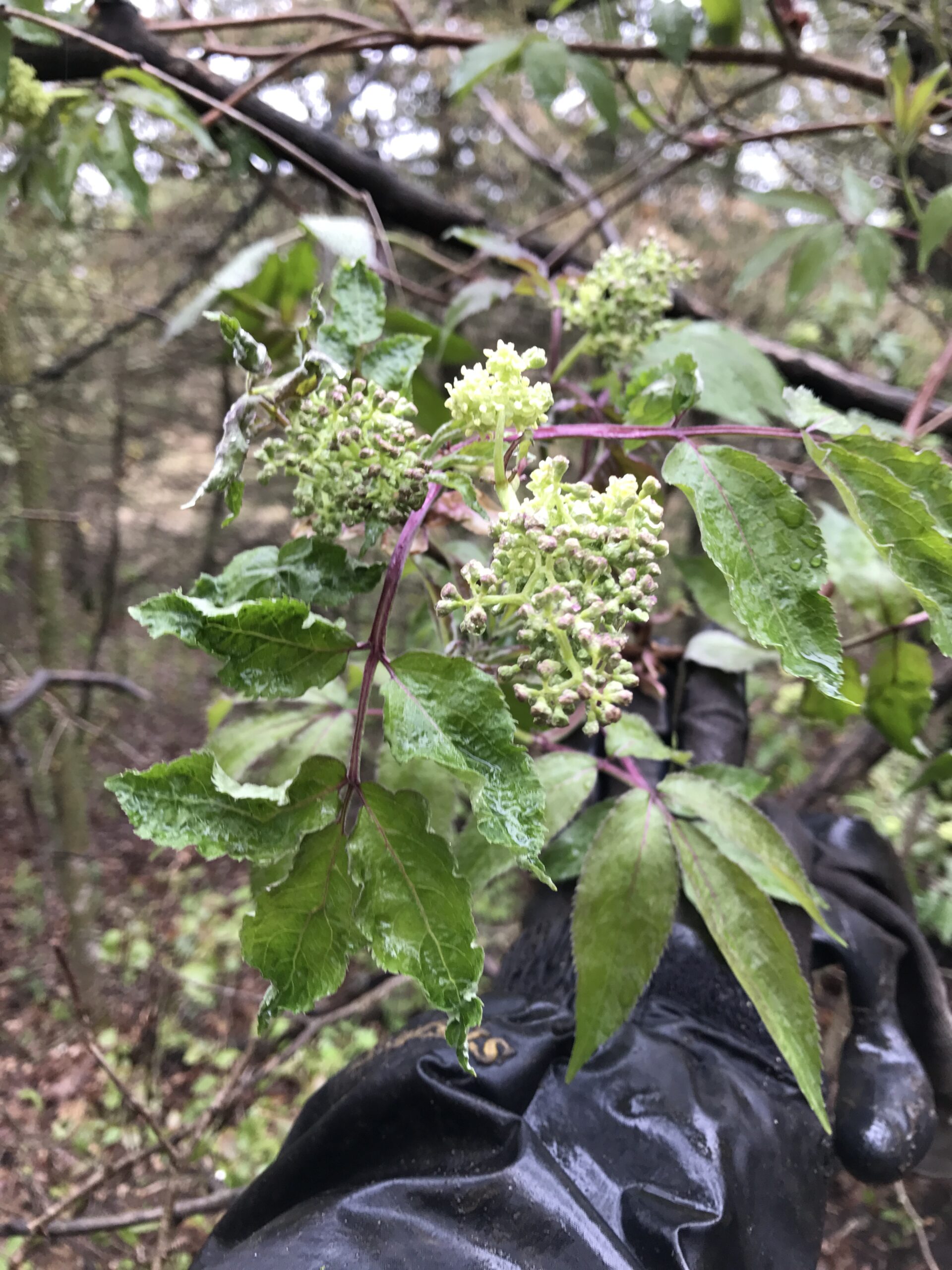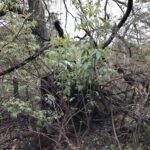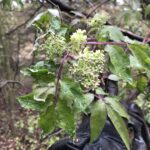Native To State: YES
Naturally Occurring: YES
Description
Sambucus racemosa (Red Elderberry) is a deciduous shrub belonging to the Adoxaceae family. Here are some key identification characteristics:
Size and Growth: Red elderberry is a medium to large shrub, typically growing to heights of 6 to 12 feet (1.8 to 3.7 meters). It has multiple stems arising from the base and forms a bushy and spreading habit.
Leaves: The leaves of Sambucus racemosa are compound and opposite, meaning they are divided into leaflets arranged in pairs along the stem. Each leaflet is elliptical or lance-shaped with serrated edges and a pinnate venation.
Flowers: The shrub produces showy, flat-topped clusters of flowers called racemes. The individual flowers are small and have five white to cream-colored petals. The flowers bloom in late spring to early summer, attracting pollinators like bees and butterflies.
Fruits: After flowering, red elderberry produces small, round, and bright red berries that are clustered in dense bunches. The berries are a food source for various birds and wildlife, although they are considered toxic to humans if ingested raw.
Habitat: Red elderberry is native to various regions across North America and can be found in a variety of habitats, including moist woodlands, stream banks, and open clearings.
Distribution: The species is found in regions ranging from Alaska and northern Canada to the western and eastern parts of the United States.
Conservation: Red elderberry is not considered a threatened species, and it plays a significant ecological role in providing food and habitat for wildlife.
Other Species: Sambucus racemosa is part of the Sambucus genus, which includes other elderberry species with diverse characteristics.
Red elderberry is valued for its attractive clusters of flowers and vibrant red berries, making it a valuable addition to native gardens and naturalized landscapes. Its ecological importance in supporting wildlife and pollinators further enhances its value as a shrub for conservation efforts.
Occurrence
One plant near prairie section, another in back 40 woods



